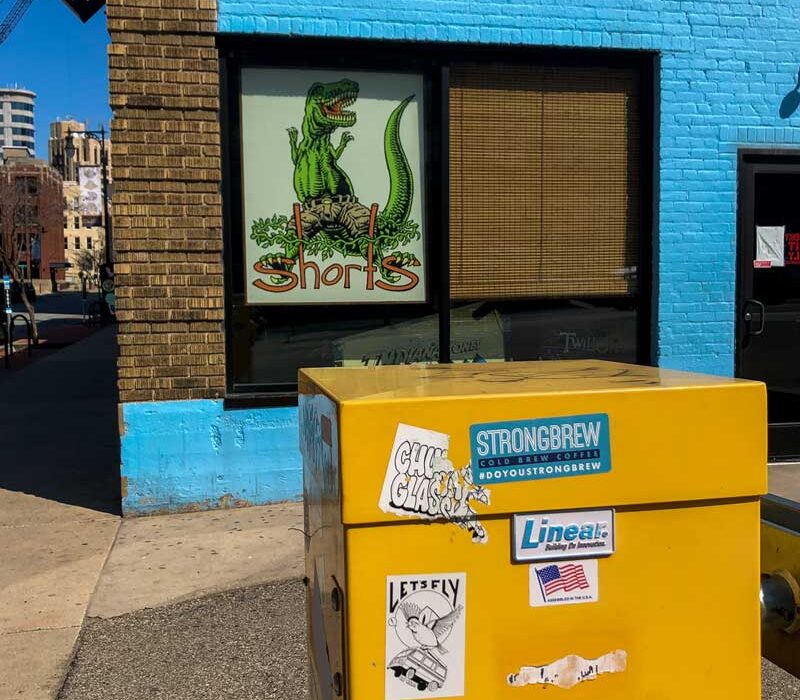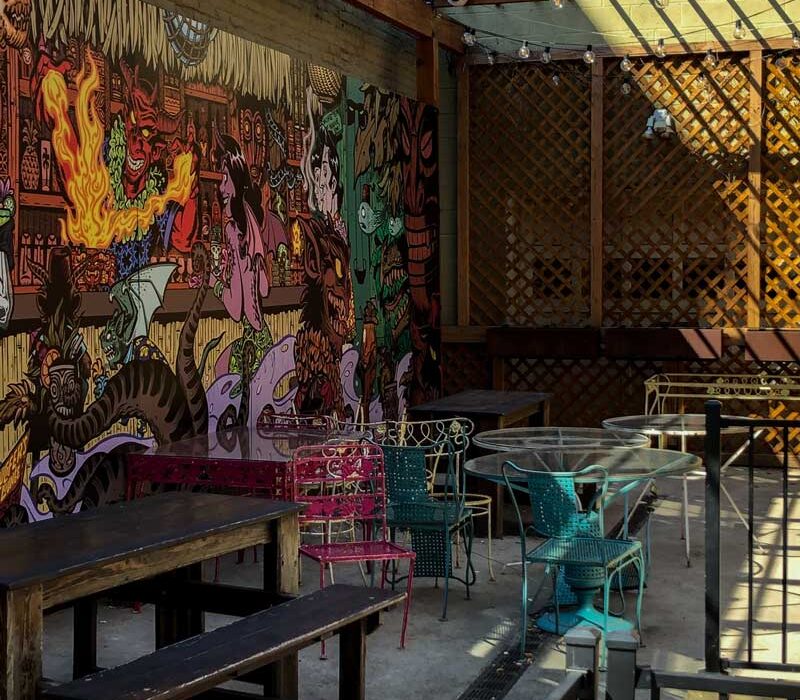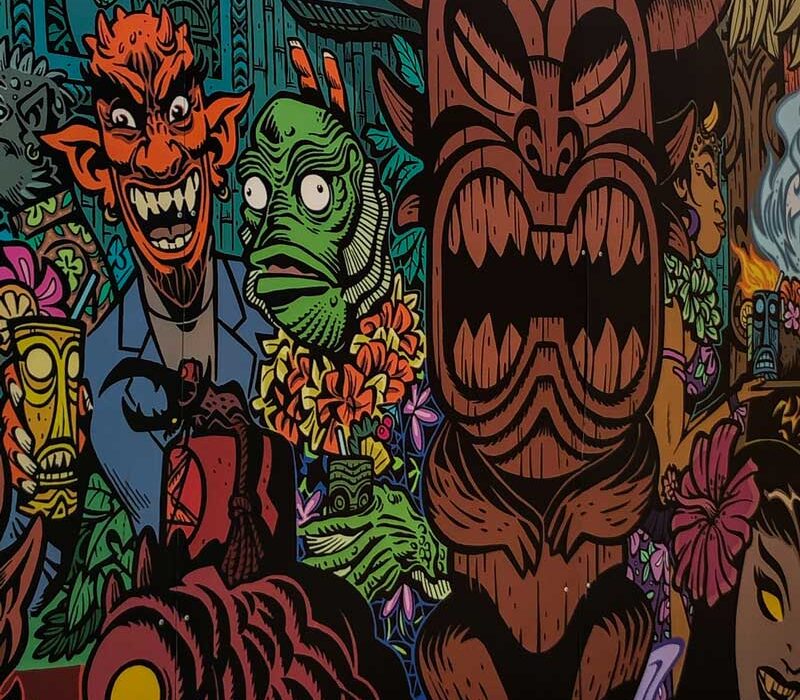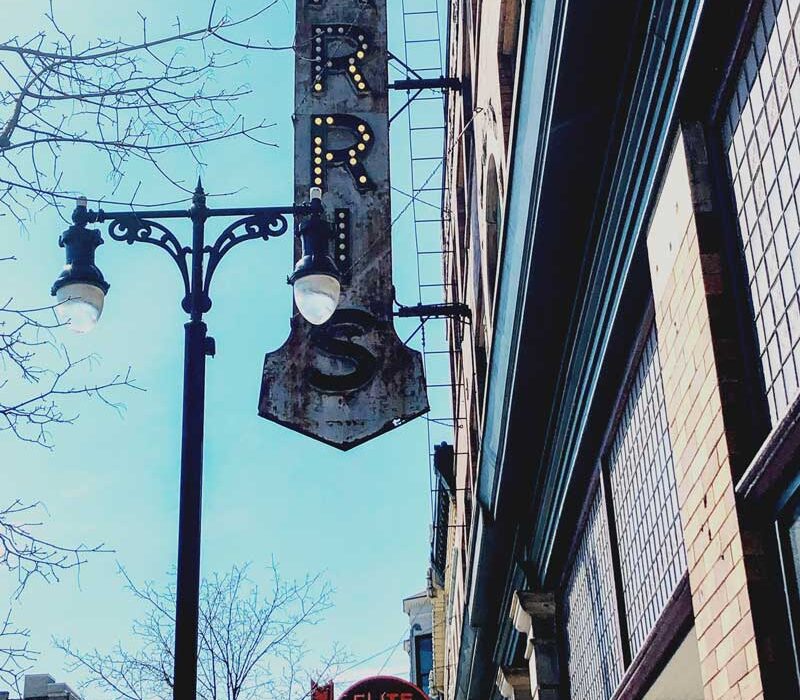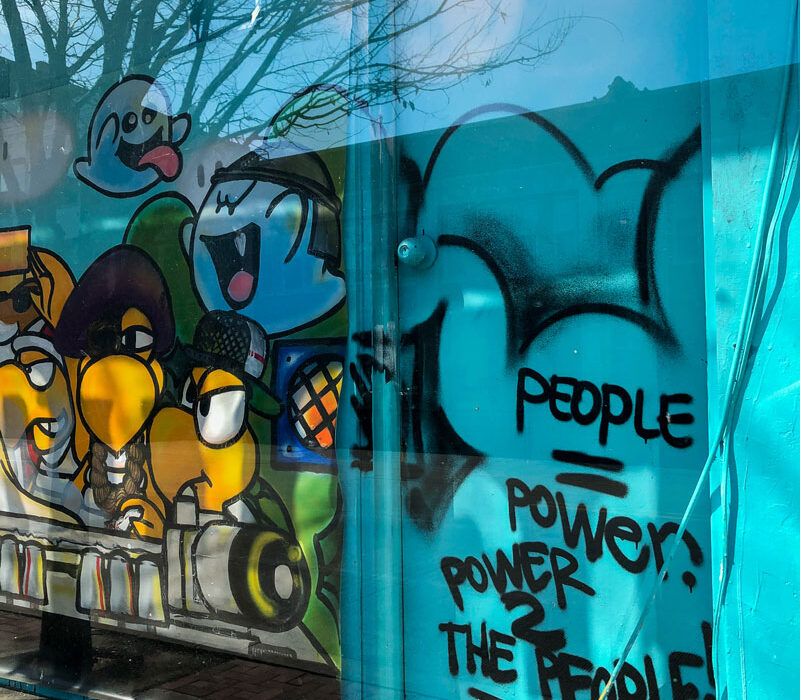Abstract
Designers solve, and create, problems every day. In some forms, design itself is about problem-solving. Neighborhood branding in medium to large cities have their own problems to face. How do neighborhoods create a positive commerce experience despite the problems that come along with city living such as homelessness, congestion, and lack of parking? In this project for the Heartside District in Grand Rapids, Michigan downtown area, these exact problems need to be solved.
This small city in Western Michigan, a few hours outside of Detroit, is growing faster than resources can be created. The pains of this fast-growing city are obvious to patrons who are enjoying the downtown area. Mentally ill, possibly drug-addicted displaced people disrupt customers on their nights out making walking between businesses or waiting outside a business an uncomfortable experience. The lack of parking and congestion in the city makes it frustrating before a person can even park their car.
Are these issues hurting the bottom lines of businesses? The research states people are less likely to go into this downtown area for a night out due to these issues. How can neighborhood branding change the way patrons see these issues? By creating a community. Policy changes can take years and effects from those changes take more years. The residents of Grand Rapids and businesses in the Heartside District don’t have the time to wait for policy to catch up. Instead, design can change their perspective on the issues that plague this area.
About the Heartside District
Urban Growth + Social Media + Making Community
The Heartside District of Downtown Grand Rapids, Michigan is the heart of the art, technology, and culture of the area. The new lives in the old in this small Midwestern city roughly three hours outside of Detroit and an hour outside of the capital, Lansing. The old buildings built during a furniture manufacturing boom of the early 20th century are now filled with tech companies, art galleries, and one-of-a-kind breweries. In fact, Grand Rapids, Michigan is the current reining campaign of the “Beer City, USA” title. The food, beer, and nightlife of this area rival that of their neighboring city, Chicago. Nearly every building in this area has at least one wall covered in murals from local artists. Some of those local artists came right from the local art college, Kendall College of Art and Design.
The area is plagued with the same problems of any growing city: large amounts of displaced people, congestion on every street, and local brands that do not do the area justice. However, Grand Rapids is often listed in travel magazines or other publications as growing, happy and culturally rich. Grand Rapidians love their city which is nestled less than an hour from the beaches of Lake Michigan. Are your bags packed yet? This is a city you just have to experience for yourself. Being the home to famous breweries such as Founders and nationally-recognized coffee houses such as Ferris and Madcap, Grand Rapids has the small, friendly feel of the Midwest but all of the resources of Chicago.
Design Problems

Dispalced Population of Mentally Ill and Drug Additced People
When surveyed, Grand Rapids locals and Michiganders stated that Grand Rapids is a great place to spend time excepting the challenges of the area. Local policy, gentrification, and a drug pandemic has led to a lot of displaced people in the area. Making matters worst, many displaced people are mentally ill and addicted to drugs. Grand Rapids has a high number of panhandlers, even compared to the sistering cities of Detroit and Chicago. Due to local policy, panhandling is legal. Being that this area is the heart of downtown, connecting all of the neighborhoods with buses, this is the area where drugs and the homeless meet. The drugs and mental illness of the displaced people often cause problems for patrons in the area. This is one of the problems that keep people from choosing the Heartside District for commerce. Part of the design solution will be to spread empathy and create community. Instead of avoiding our most vulnerable population, social media will be used to educate and bridge gaps between the population that commerce the area and those who sleep on the sidewalks and in local parks.
Small Town, Big Traffic
A second problem of the area is caused by the population boom. Grand Rapids was built as a small, manufacturing city meaning skinny roads and limited parking. This has led to parking and traffic congestion problems that rival that of neighboring Detroit and Chicago. The city of Grand Rapids has launched their own attempt to combat this problem. Grand Rapids has a chain of free public transportation that will take visitors from the free parking outside the city into the bustling Heartside District. The problem is that most people do not know about or understand how to use this system of free public transport. Part of the new brand will be using social media to spread education on this valuable public resource.


Outdated Branding + Attracting Tourism
The current brand for the area is outdated and unemotive. The second part of this design solution will be to create one, centralized brand that shares news, information, events, and more to the community through social media. First, the area needed a brand that represented the art, tech and one-of-a-kind breweries of the area. The area hopes to attract more tourism. Being Grand Rapids is equal distance from Chicago and Detroit, most people opt to go to a more familiar place. The new brand hopes to compete against these tourism giants.
Design Solution One
EMPATHY + COMMUNITY + EDUCATION



Design Solution Two
A New, Modern Brand
Current Brand Audit
The current logo, though clean, lacks a certain modernity that now consumes Grand Rapids. Secondly, it does not tell anything about the art of the area. Addituionally, the current brand does not have one voice. In fact, there are no social media accounts or websites for the area.
Current Logo
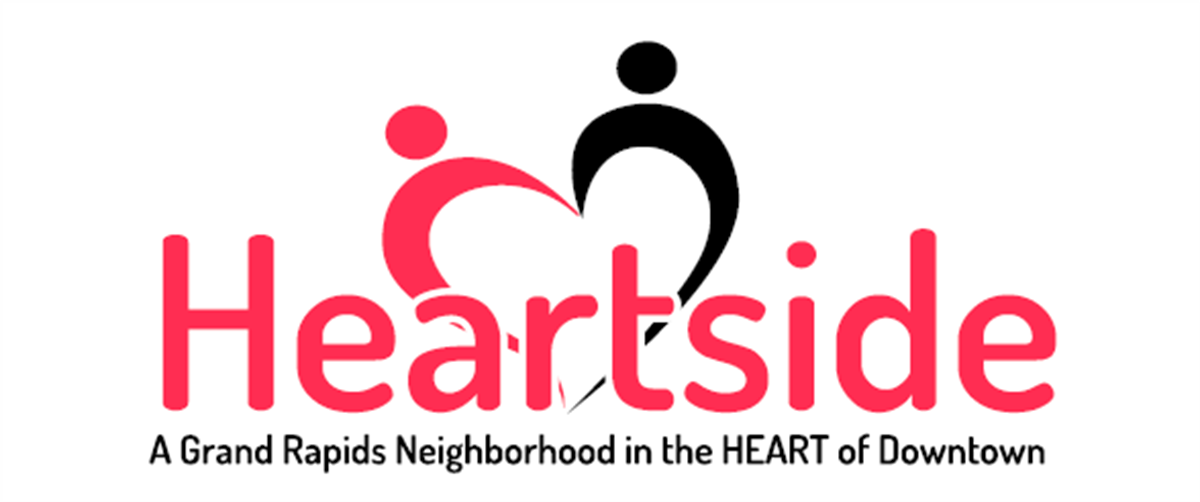
Research Synthesis
Design Solution


Rejected Design Solution
The former design solution not only lacked a personality but the social media was polarizing. The new brand focuses more on the community as a whole. The logo is also more representative of the area by including technology, art, and community. The new social media posts are focused on the community and less on politics.
Design Solution Three
ART + CRAFT BEER + TOURISM



References
(2019). Heartside Quality of Life Study. City of Grand Rapidds. https://www.grandrapidsmi.gov/Government/Programs-and-Initiatives/Heartside-Quality-of-Life-Study
Raddigan, M. (February 12, 2009). Why We (HEART) Heartside. Rapid Growth Media. https://www.rapidgrowthmedia.com/features/heartsideradigan020509.aspx



